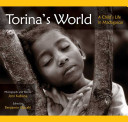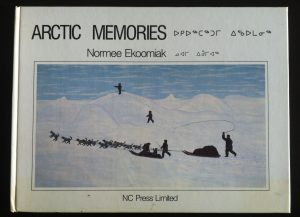
The children in Madagascar rejoice in life’s natural gifts–singing, working in the fields, helping their parents, and playing with lizards. Divided into three sections: “We Live!”, “We Grow!” and “We Feel!”,Torina’s World: A Child’s Life in Madagascar offers a glimpse into daily life in a Malagasy village and encourages children in Western culturesw to examine and reflect on life in a developing country.Ten years ago, author and photographer Joni Kabana spent a month in Madagascar. Her intention was to bring back images for her children showing how other children live. Torina, an eight-year-old Malagasy girl, acted as Joni’s guide into this world. Back home, Joni’s nine-year-old son, Benjamin Opsahl, helped edit the images and added simple, yet profound text that will engage readers across the world.Torina is now eighteen. She still lives in a small hut with her mother, father and six brothers. Her desire to further her education has been hindered by a lack of financial resources, thus a portion ofthe proceeds from book sales will provide funding for her education as well as othr educational activiities in Madagascar. Celebrate diversity with Torina’s World, and join with readers young and old in embracing a multi-cultural perspective.To learn more about Torina, her life in Madagascar, and fundraising efforts visit www.torinasworld.com





